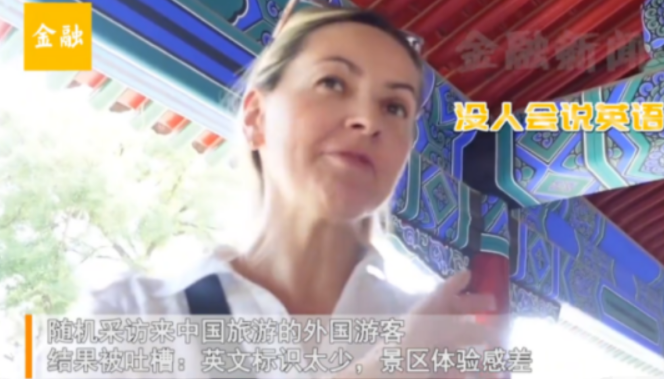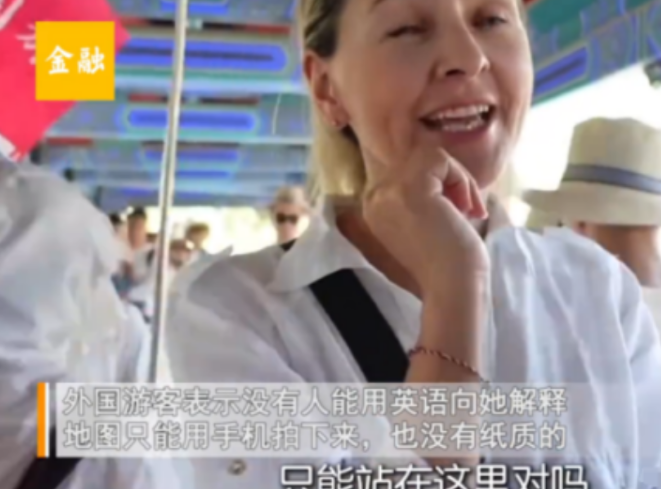An Italian tourist’s 2024 China travel lament—frustrated by scarce English speakers and missing bilingual signs—has ignited debates on tourism hospitality. Arriving under expanded 144-hour visa-free perks for 54 nations including Italy, she expected an immersive dive into ancient culture. Instead, communication hurdles dimmed her joy, prompting a broader reflection: Are such complaints fair, or do they overlook mutual adaptation in global wanderlust?
The Tourist’s Tale: Expectations vs. Reality
In mid-2024, as China broadened visa-free stays to 10 days for citizens from Russia, Brazil, Italy, the UK, and the US, this visitor touched down with high hopes. Yet her itinerary soured: Few locals spoke English, and attractions lacked clear bilingual signage, turning exploration into confusion. In a media chat, she vented about map-reading woes and guide shortages, feeling isolated despite China’s allure.

Her story spread fast, flipping the script for domestic netizens: Do Italian hotspots offer Chinese menus or Mandarin guides for Chinese tourists abroad? Language friction cuts both ways—why expect fluency everywhere when English isn’t universal?
Global Lens: English’s Limits in a Multilingual World
With 7+ billion people across 233 countries, English boasts wide reach but no monopoly. In China, service workers—mostly from the 1970s-1990s generations—often have basic English exposure at best, especially in tier-2/3 cities or rural spots. Demanding widespread proficiency ignores realities like education gaps and daily priorities; it’s a tall order for quick fixes.

That said, tourism internationalization demands effort. Overseas, Chinese travelers navigate Italian eateries sans Pinyin labels, yet few cry foul—viewing it as part of the adventure. Complaints like this Italian’s spotlight valid pain points but risk one-sidedness: Travel thrives on empathy, not entitlement.
China’s Strides: From Visa Ease to Tech Fixes
China’s no slouch in upgrades. Tier-1 hubs like Beijing, Shanghai, Guangzhou, and Shenzhen shine with dual-language metro signs, multilingual audio tours, and foreign-card payment ramps in key zones. Visa tweaks and streamlined entries have boosted inbound flows, signaling welcome.
Tech leaps forward too: Early 2025 saw Dujiangyan debut China’s first AI translation system for cultural sites, enabling seamless info access in dozens of tongues. Affordable real-time translators from firms like iFlytek bridge gaps, letting visitors pack pocket interpreters—reducing reliance on human fluency.
These steps show commitment, though perfection lags. Progress is incremental, not instant.

Balanced Views: Positive Vibes Amid the Gripes
Not all foreigners echo the dismay. Many rave about China’s safety, efficient transit, and site diversity—using apps like Google Translate or gestures to connect, turning barriers into bonding moments. Varied expectations matter: Some crave home-like ease; others embrace immersion as the thrill.
Tourism’s a two-way street—visitors adapt to hosts, hosts polish welcomes. One voice doesn’t eclipse the chorus of satisfied explorers drawn to China’s blend of antiquity and modernity.
My Take: Fair Frustration, But Let’s Adapt
Is the complaint reasonable? Yes—smooth communication elevates any trip, and clearer signage would help. If abroad sans the lingo, I’d lean on translation apps (Pleco or offline packs), learn basics via Duolingo, or join English-friendly tours—turning hurdles into stories.
For China: Amp up signage in hotspots, train more staff via incentives, and expand AI tools nationwide. Share your tales: Ever triumphed over a language snag? How can hosts and guests sync better?
References
- Financial News: “Foreign Tourist Complains About Poor Experience in China Travel, No English Translation, Dizzy from Maps” (July 19, 2024).



